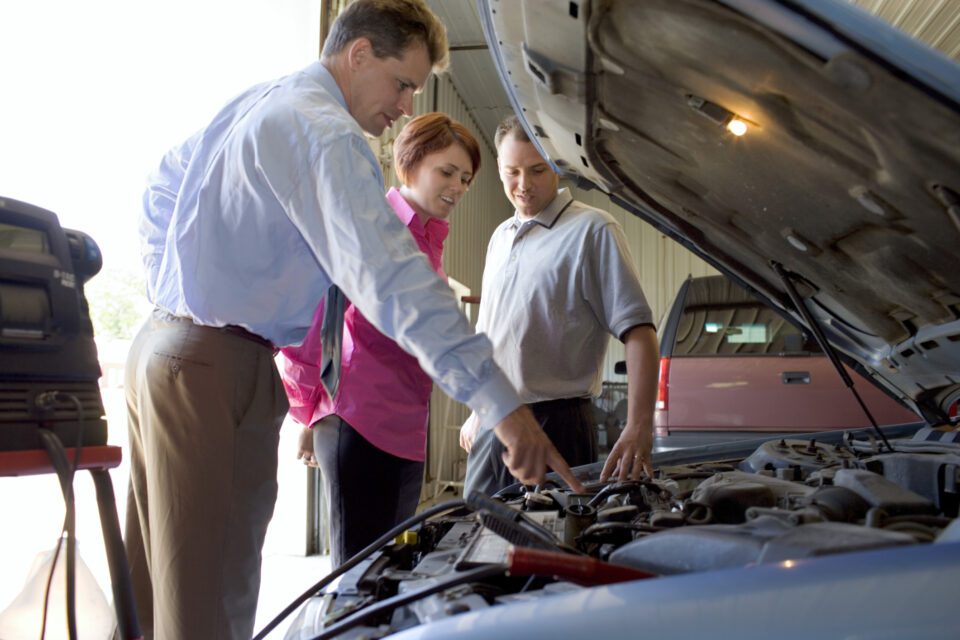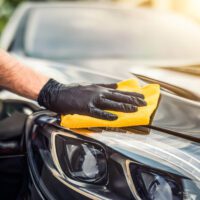When you’re buying a used car, you can’t always be 100% sure what you’re getting into. Sure, you might get an honest and upfront seller who tells you all of the car’s problems, but a lot of people will gloss over (or neglect to mention) a lot of the vehicle’s problems.
There are many things you might want to check when buying a used car, but some are definitely more important than others. You can find out what to inspect here in a detailed checklist, but here we break down some of the most common things to look out for.
Here are 9 things to check when buying a used car!
1. How it drives!

Perhaps the most important thing of all, you need to find out how the car actually drives. If possible, you should definitely take it for a test drive before buying it.
If you find that the current owner will not let you test drive it, it’s usually a bad sign!
If you do get to test drive the vehicle, be sure to plan a route with many different types of roads. Try to go on highways, large roads and smaller roads to see how the vehicle copes in different traffic and speed scenarios.
2. Warning lights
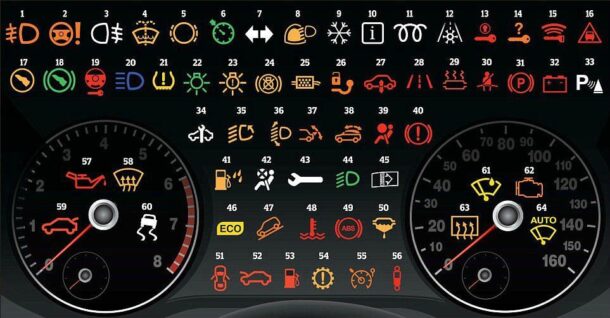
Are there any warning lights on the vehicle advising you of certain faults or problems? There are many reasons why you might find the warning lights lighting up on the dashboard, even if the current owner doesn’t think they’re a problem.
Warning lights can indicate problems with the engine, the oil level, the ABS, and much more. The owner might think that the warning lights being on isn’t a problem, but you shouldn’t.
Even if the warning lights are on because they’re faulty, this means that your vehicle’s warning system is faulty for the time that you do have a real engine or ABS problem.
3. Tires
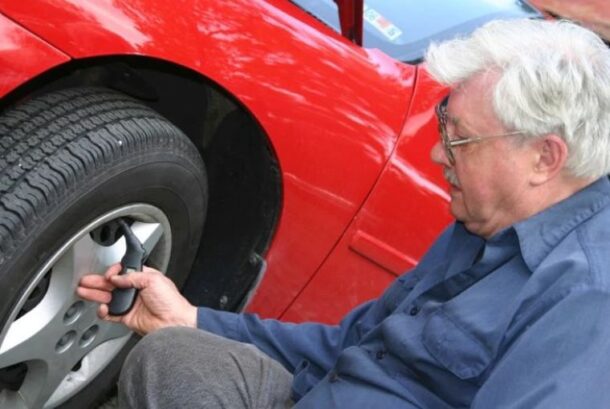
Tires need changing every 5,000 to 10,000 miles, but not everyone bothers (or remembers) to change them.
When buying a used car, be sure to inspect the condition of all 4 tires, looking for their tread depth, condition, and any cuts or bulges in the wheel that could present a problem.
You’d be surprised by the amount of cars on the road with nearly-bald tires. The tires on the used car could be a few miles away from a dangerous blowout.
4. Cleanliness
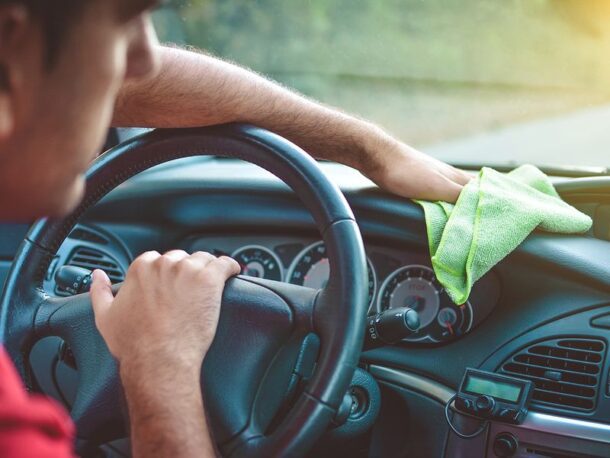
While it’s not the most important thing in the world, no one wants to buy a used car that smells and looks like a used car.
Look at the state of the internal leather or upholstery – does it seem like the previous owner had the car cleaned, detailed, or valeted regularly?
Once a car’s inside starts to smell bad, it’s very hard to get rid of the smell.
Also check the cleanliness of the outside – make sure there isn’t any tough dirt or rust in the car’s bodywork that will be difficult or impossible to remove once you buy it.
5. Seating position
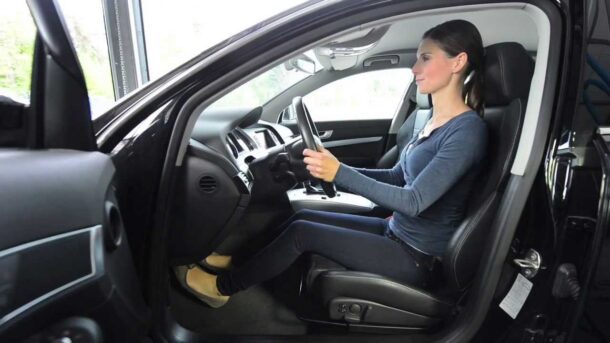
Even if you can’t test drive the car, it’s essential to sit in the driver’s seat to check the seating position and how comfortable you feel with the location of the pedals and controls.
If you’re short or tall, this is even more important. Most vehicles are designed for average-sized people, so tall or short drivers need to make sure they can make the adjustments necessary for them to drive safely and comfortably with a clear view out the windshield.
6. Documents
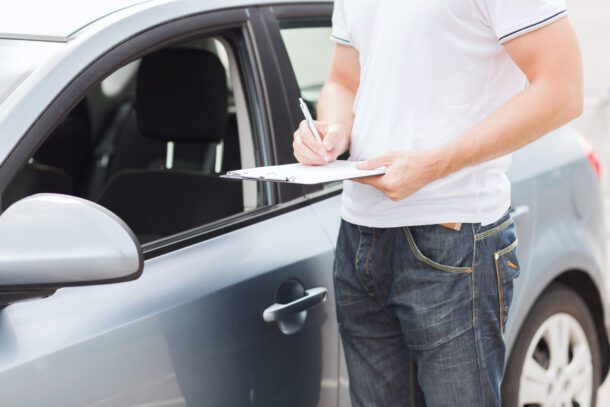
Does the car have all of its documents in order? You need to make sure that your car has documents including the certificate of sale, the “pink slip” (certificate of title), any insurance details, an odometer reading, and any other legal paperwork necessary to register the used car in your name legally.
Depending on where you live, the documents you need may change, so make sure you know what you need to get and make sure that the current owner provides these documents. If they cannot, then walk away – you should never buy a used car without filling in the proper paperwork.
7. Fluid Levels
It’s the kind of thing that people forget about, but it’s a good idea to check the fluid levels when you’re buying a used car! Many of us are guilty of not topping up our coolant, windshield fluid, and oil regularly enough, which could easily lead to problems on the first few drives.
If the used car is running low on any essential fluids, be sure to find out what type of oil, engine coolant, and washer fluid the previous owner used.
You want to keep the car running as smoothly as possible.
8. Clutch
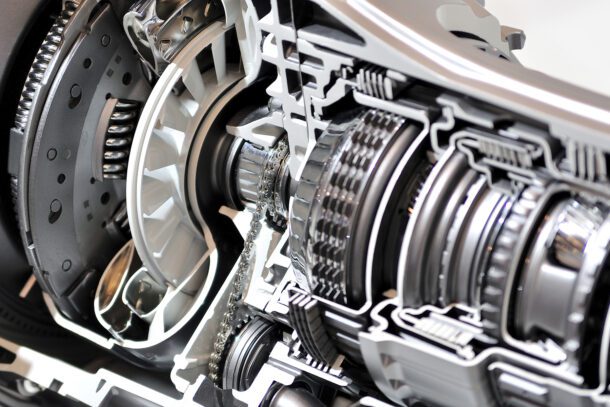
If you’re buying a manual (stick shift) vehicle, be sure to test out the clutch either by test driving the vehicle or feeling for the biting point while in first gear on the lot.
Different vehicles have much higher or lower biting points than others, and depending on what you’re used to, you might find that the clutch is very uncomfortable for you.
Now, this isn’t the most serious thing in the world – you might get used to the new clutch biting point – but it’s something to keep in mind when you’re thinking about the comfort of the drive.
9. Music
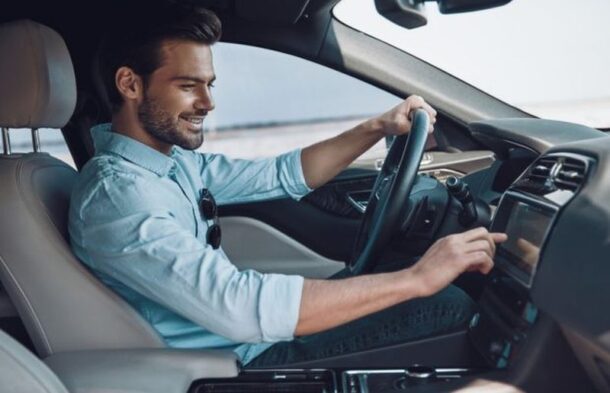
Most of us like to listen to music or podcasts while we drive, so make sure the used vehicle you’re buying has a way for you to listen to music.
If you mostly listen to the radio, check that the car has a radio player and decent antenna to pick up a good signal.
If you prefer to listen to your own music via your smartphone, make sure the vehicle has an aux cable input or Bluetooth. If not, you can buy radio transmitters for car cigarette charger slots that allow you to play music through the radio system.
Music is important when driving!
Hopefully these tips will help you know what to check when buying a used car. Good luck!

